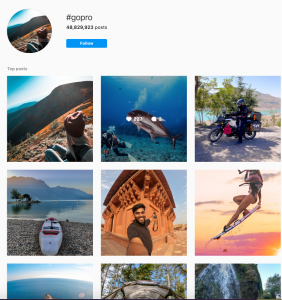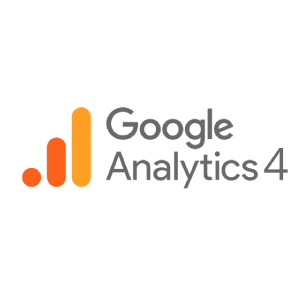5 minutes read

“Digital transformation is an exciting journey without an end. But – it does have a beginning. And the time to act is now. Together, all of us need to zero in on the customers’ business needs and put digital innovation to work – allowing them to solve their problems in their real-world much efficiently.”
– Yan Lida
Data fetched from DataReportal’s “Digital 2021: The United Arab Emirates” indicates that:
- Over 59.5% of Dubai’s population has access to the internet, a 7.3% rise when compared with last year’s report.
- More than 4.2 million people are active social media users – that’s a gigantic 13.2% spike.
With an ever-increasing number of people spending a majority of their time using the internet, businesses are now finding it extremely hard to overlook the need to establish a strong online presence.
According to Statista, the worldwide digital transformation spending will reportedly cross the $2.39 trillion mark by 2024.
And with Covid-19 having been acting as a catalyst, about 87% of C-level executives have reported that digitalization is one of their top priorities.
But in the world of rapid technological advancements, if you want to break through the noise and implement a conversion-focused digital marketing strategy, you need to keep yourself updated with the latest trends. At the same time, you need to capitalize on them to establish a strong online presence.
With Expo 2020 nearing us, it’s too hard for us not to talk about the three of the hottest online marketing trends that will flourish in 2022.
Let’s dive straight into them.
3 Digital Marketing Trends Expected to Flourish in 2022
Here’s what our list looks like:
- The Rise of User-Generated Content
- Mobile-First Marketing Takes Over
- Preparing for the Privacy-First Web
Let’s touch down on each of these trends one at a time.
The Rise of User-Generated Content
Millennials trust user-generated content 50% more than the one produced by brands. On top of this, over 70% of consumers take into consideration user-generated reviews and ratings prior to making their purchasing decisions.
Not familiar with what user-generated content is?
It’s any form of content – from written reviews to photos to videos – published by your consumers or users (who are not official representatives of your business) in relation to your brand.
Ads based on UGC are subject to 4x higher click-through rates and, at the same time – 50% drop in CPC when compared to average ads.
One of the most brilliant examples of a brand harnessing the full force of User-Generated Content is GoPro.
GoPro already knows that its best promoters are and will always be its customers. That’s the reason the brand has delegated its marketing efforts into the hands of its customers – as GoPro consistently creates contests, campaigns, and challenges to encourage its consumers to produce and share user-generated content.
Mobile-First Marketing Takes Over
In Q1 2021, mobile traffic accounted for about 54.8% of the global website traffic.
More than 5.22 million people in the UAE are unique smartphone users, a 1.3% rise in the last one year.
With more and more people consuming content and exploring the internet on their smartphones or tablets, mobile friendliness is something businesses can’t afford to overlook anymore.
By mobile-first marketing, I am not asking you to roll out your own Android or iOS application. Yes – you can do that, and the benefits of launching your own mobile application are endless – but that’s a business decision.
Instead, where your primary focus should be on is delivering a stellar user experience to mobile visitors at different stages of their buyers’ journeys. Work closely with your website designers and developers to build a mobile-friendly website that delivers a great user experience to your website visitors.
In fact, Google takes into consideration mobile-friendliness as one of the most important ranking signals. This means if you don’t focus on ensuring a mobile-friendly responsive website design, the chances of your website ranking at the top of the SERPs will be slim.
Preparing for the Privacy-First Web
Announced in August 2019, Google’s big move focused on building a privacy-first web has shaken the advertising community like nothing we’ve ever seen before.
That being said, the demise of third-party cookies is inevitable.
With Google planning to phase out third-party cookies, advertisers will find it tough to deliver highly personalized ads, land targeted ads, and craft conversion-focused digital advertising campaigns.
But with third-party cookies phasing out, people will have more control over their data and won’t have to worry about their online activity being monitored by the tech giants all the time.
While the third-party cookie phaseout has been delayed until 2023, we’ll see advertisers solely relying on third-party data tap into other options like first-party cookies and different personalization-based triggers.
Incorporate These Trends into Your Marketing Strategy Today!
The world of digital marketing is ever-changing.
At one point in time, the use of third-party data was one of the hottest trends in the marketing industry. But now, as we mentioned above, third-party cookies are soon turning obsolete.
Hence, it’s important for businesses and marketers to keep themselves updated with the latest trends and capitalize on them. That’s the only way you’ll be able to stand out and break through the noise.
With Dubai Expo 2020 upon us, we’re excited to gain more insights into the industry-related topics and understand what’s next.
And we would love nothing more than to see you there.



 5 min read
5 min read



